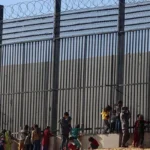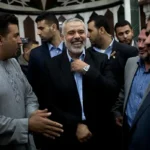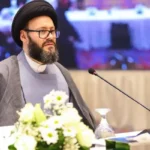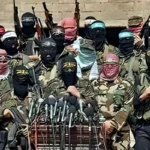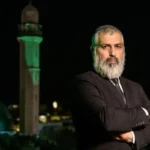The Truth Behind the Media’s Narrative: Palestinian “Journalists” Killed in Gaza
In the wake of the recent conflict in Gaza, the media has accused Israel of killing between 79 and 117 Palestinian journalists. But a closer look reveals that all is not as it seems. Journalist David Collier exposes the shocking reality behind these accusations by investigating the identities of those listed as journalists. What he uncovers is both surprising and eye-opening. David Collier wrote a 150-page report on each of the so-called journalists, and here’s what he found.
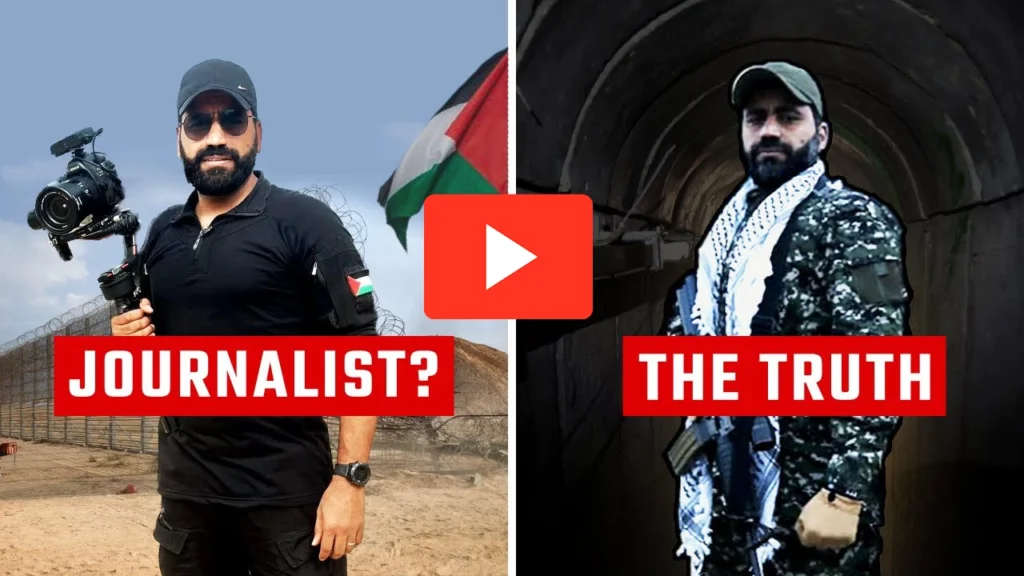
The Two Lists and the Discrepancy
There are two different lists circulating, each with its own set of numbers. The Palestinian government media office records 117 deaths, while the Committee to Protect Journalists (CPJ) records 79 deaths. Investigative journalist David Collier decided to dig deeper and produced a detailed report on each of the so-called journalists.
Ahmed Shehab: Ties to a Prescribed Terror Group
Ahmed Shahab was another individual listed as a journalist, but his connection to the media was through his role as a producer for the Voice of the Prisoners radio. The problem lies in the fact that this radio station is run by a prescribed terror group called Palestinian Islamic Jihad. The CPJ claimed Shahab was killed on a dangerous assignment, but, in reality, he was killed in a strike on his family home. This strike also took the life of his cousin Abdul Rahman Shehab, also known as Abu Bilal.
Abu Bilal: Leader of Palestinian Islamic Jihad, Not a Journalist

Abu Bilal, listed as a killed journalist by the government media office, was far from being a journalist. He was actually a prominent leader of the Palestinian Islamic Jihad movement. David Collier points out a tweet by Al Jazeera that describes Abu Bilal as a leader of the movement. This revelation raises serious doubts about the intentions and affiliations of those claiming to be journalists.
Muhammad Khairuddin: A Construction Company Owner, Not a Journalist
One of the individuals listed by the CPJ as the 67th Palestinian journalist killed is Muhammad Khairuddin. However, David Collier reveals that Khairuddin was not a journalist at all. In fact, he was the owner of a highly successful construction company. This revelation raises questions about the credibility of the list and the lack of fact-checking by the media. Khairuddin even posted pictures of his construction projects on Facebook, further highlighting his true profession.

Doubts Cast on the List and Media Reporting

These three cases are not isolated incidents. David Collier reveals that upon further investigation, it was discovered that half of the journalists on the list had ties to banned terror groups. Shockingly, 27% of them were not even journalists. The media, however, failed to verify the accuracy of the list and proceeded to repeat these numbers without question. Nasman questions why the media did not pause or critically analyze the information they were given.
Israel’s Approach to Minimize Civilian Casualties
David Collier emphasizes that Israel is not targeting civilians or journalists. In fact, Israel has gone to great lengths to minimize civilian casualties, including evacuating entire neighborhoods and sacrificing the element of surprise in military campaigns. However, civilian casualties are an unfortunate consequence of war, which Israel did not initiate nor desire.
The Connection to Terror Groups: A More Plausible Explanation
The revelation that many of these so-called journalists had direct connections with terror groups provides a more plausible explanation for their presence in locations targeted by the Israel Defense Forces (IDF). It is evident that the media attempted to frame the situation as Israel targeting journalists, but the truth reveals a different story. The media’s failure to acknowledge this crucial information calls into question their journalistic integrity and objectivity.
The media’s narrative is not always what it seems, and it is important to question the information presented to us. The truth behind the identities of these so-called journalists exposes a deeper agenda, one that seeks to manipulate public opinion and vilify Israel.
Many of those listed as journalists were, in fact, individuals with ties to banned terror groups. The media’s failure to validate the accuracy of the list and their unquestioning repetition of the numbers raises doubts about their objectivity and credibility. It is crucial to look beyond the surface and question the narratives presented to us. The truth is often far from what the media wants us to believe.
IAM – Israel Advocacy Movement







